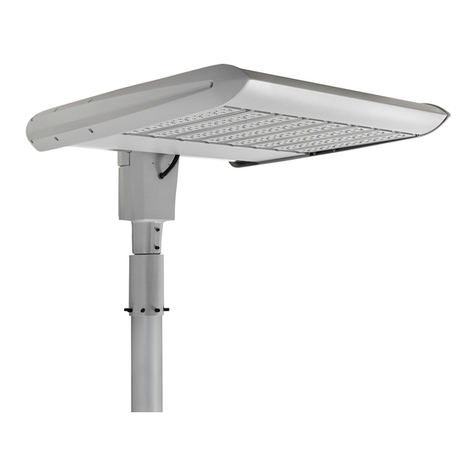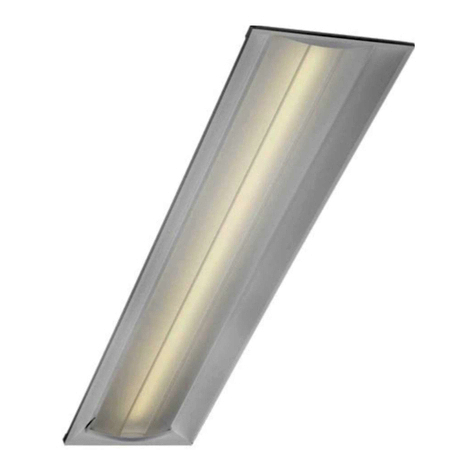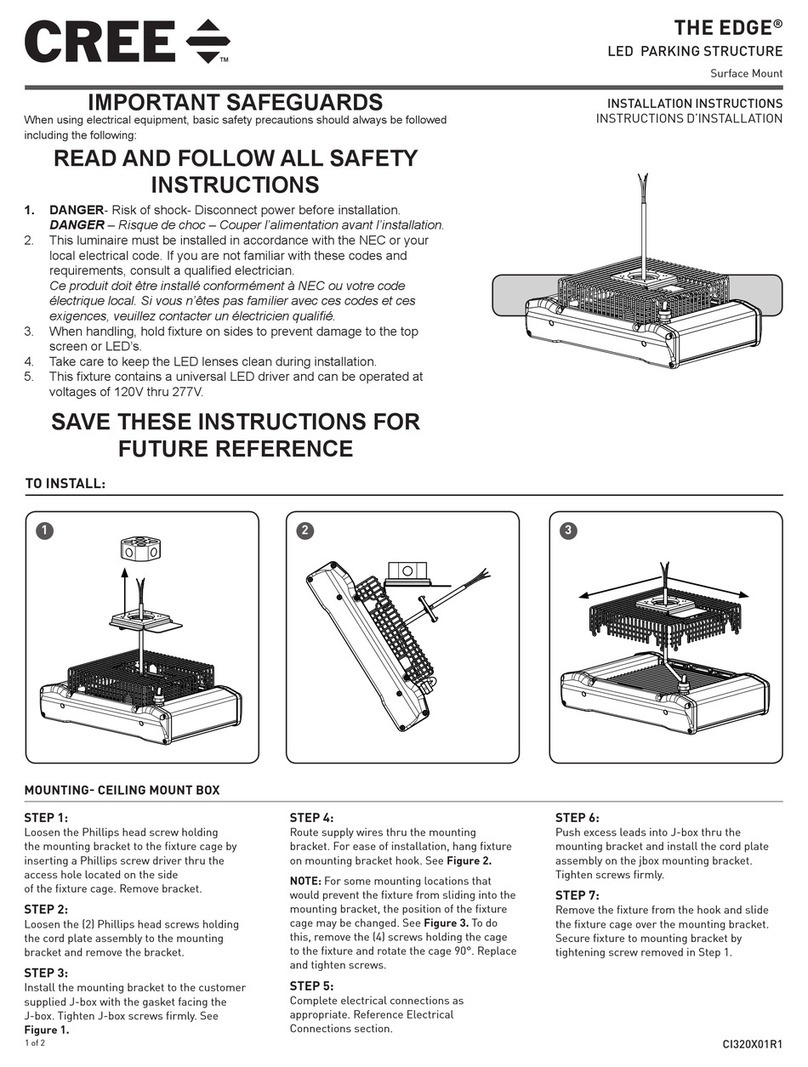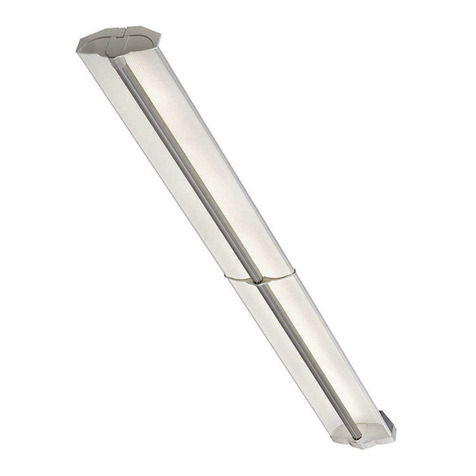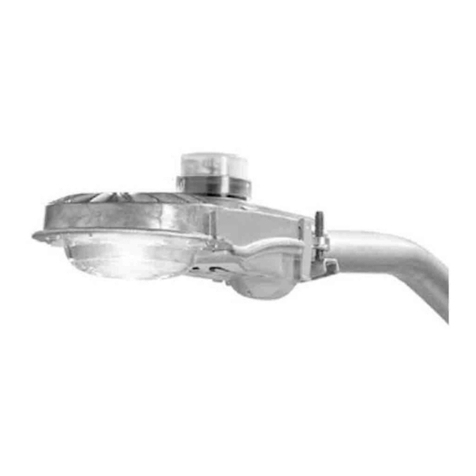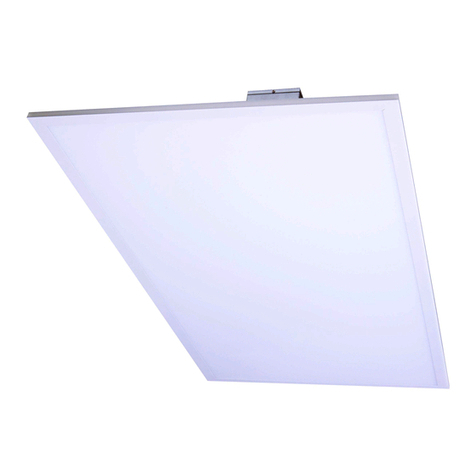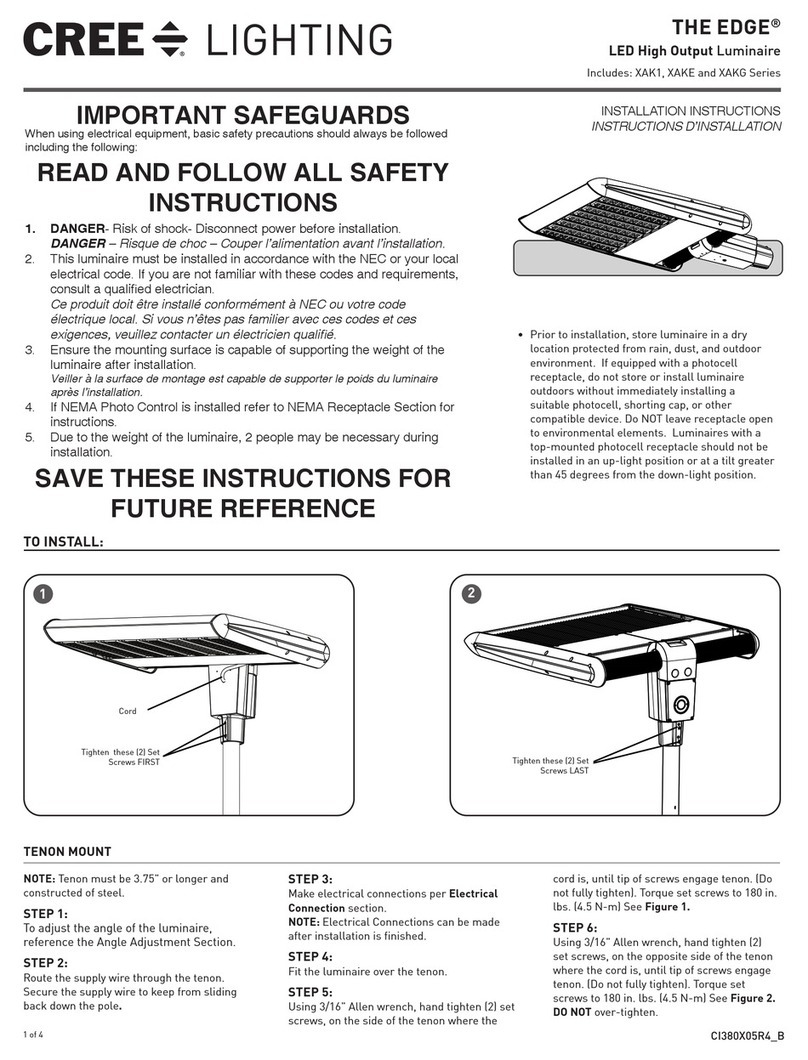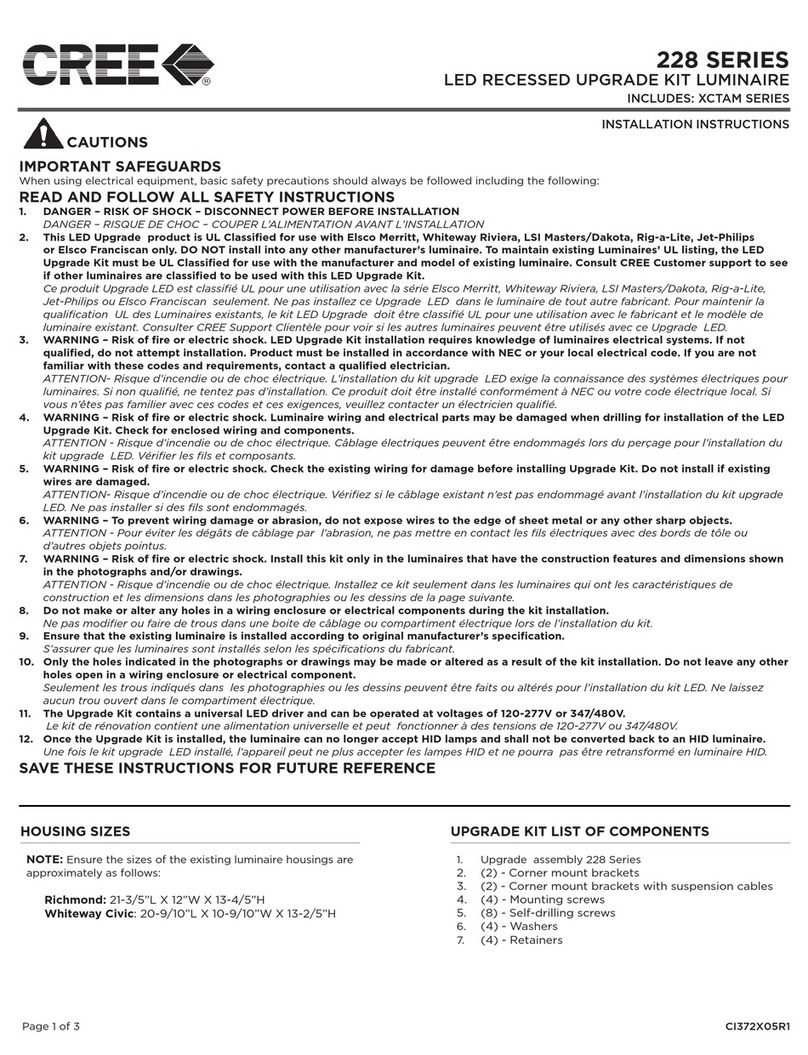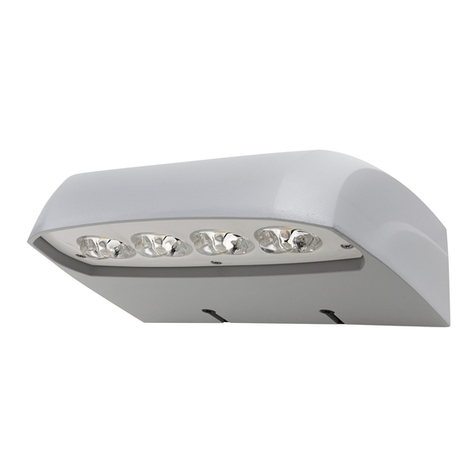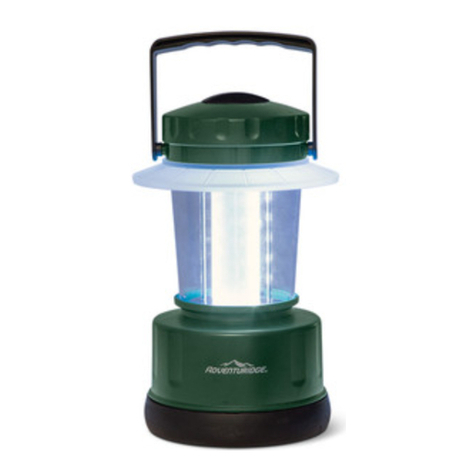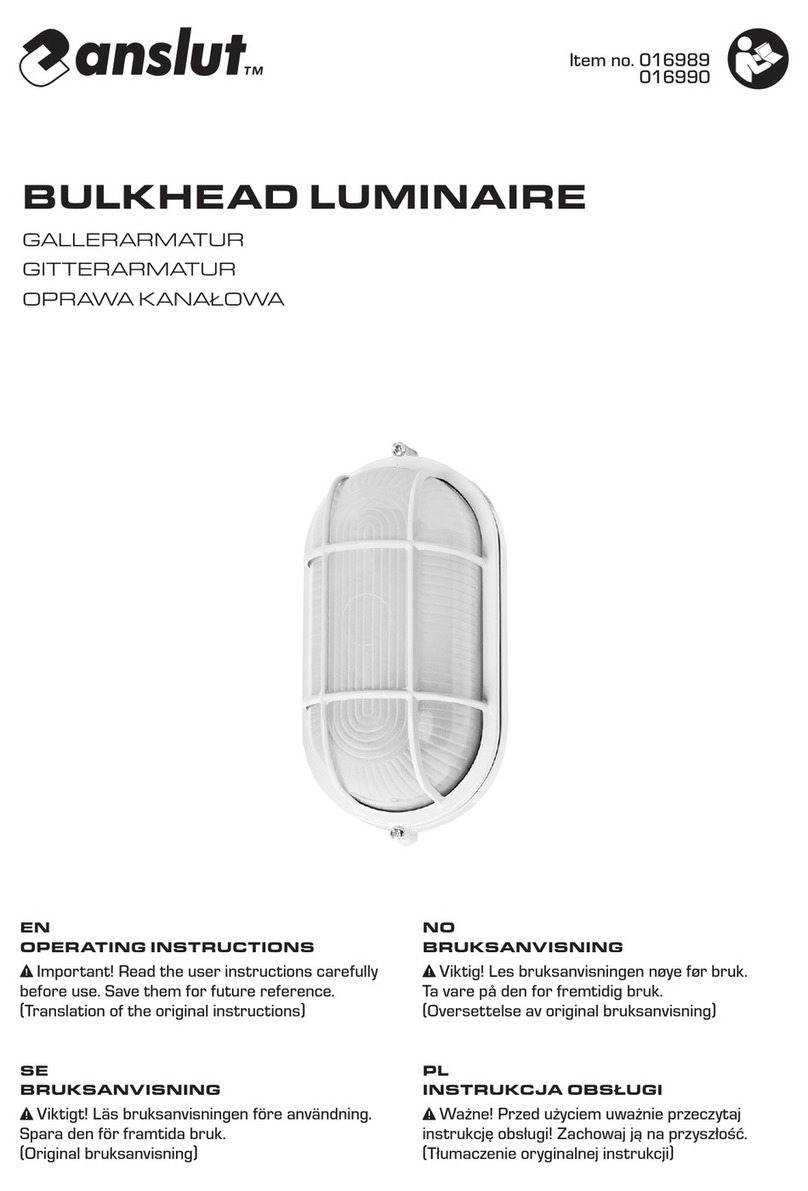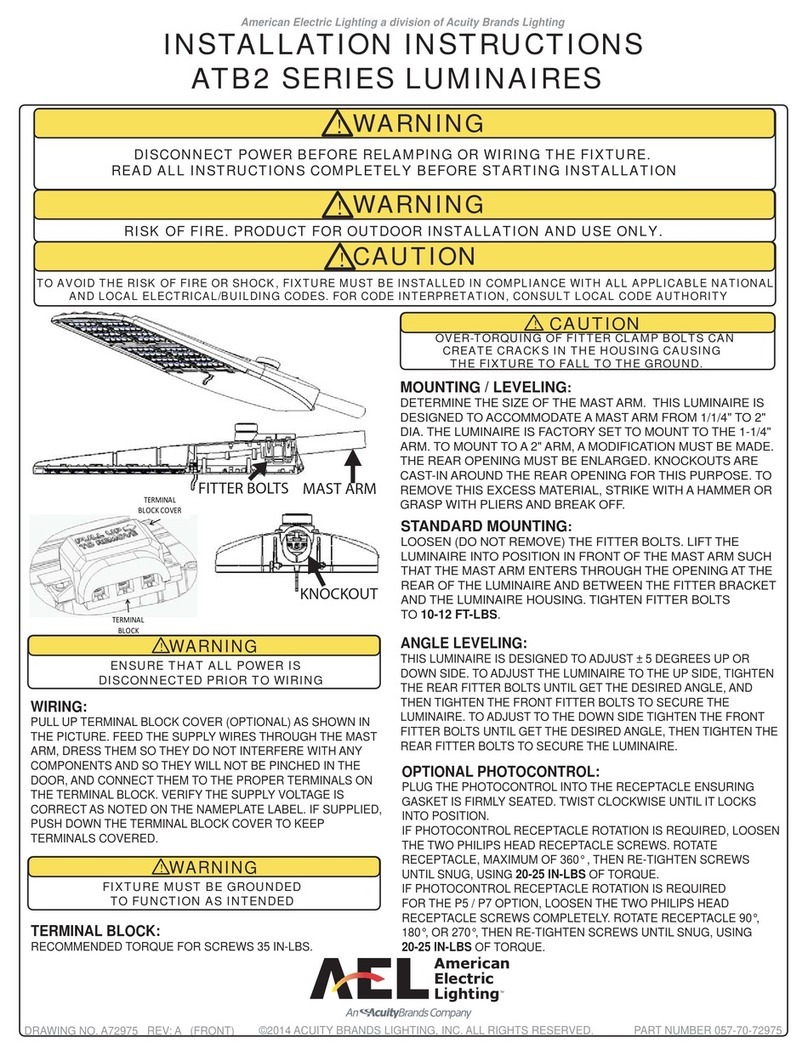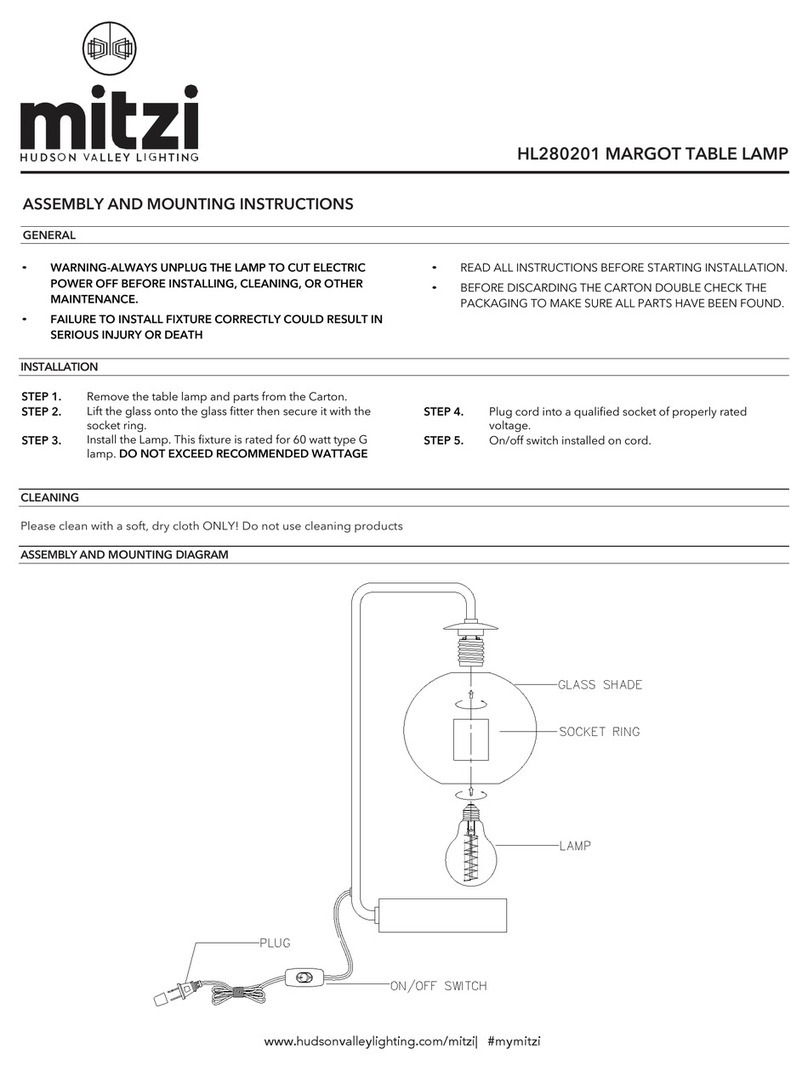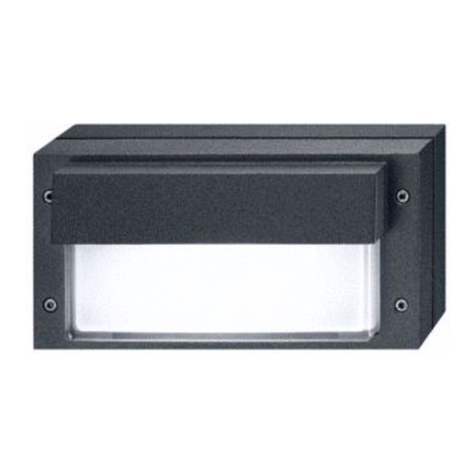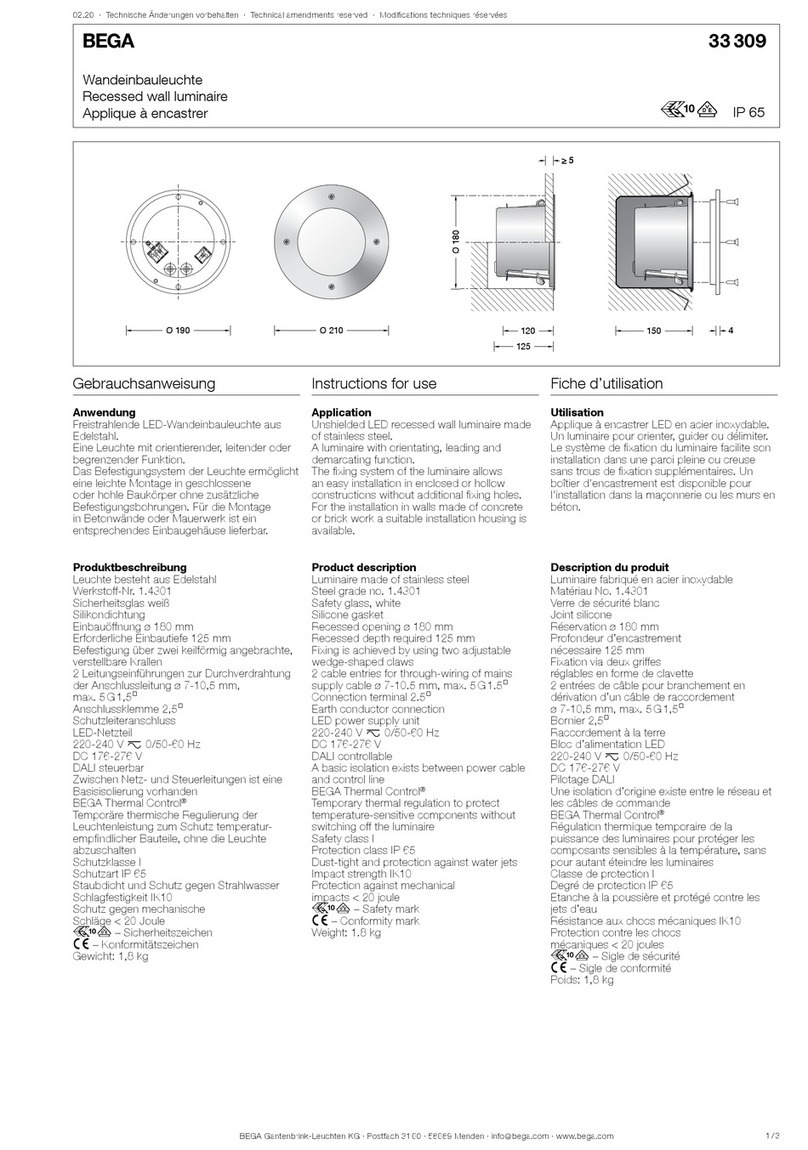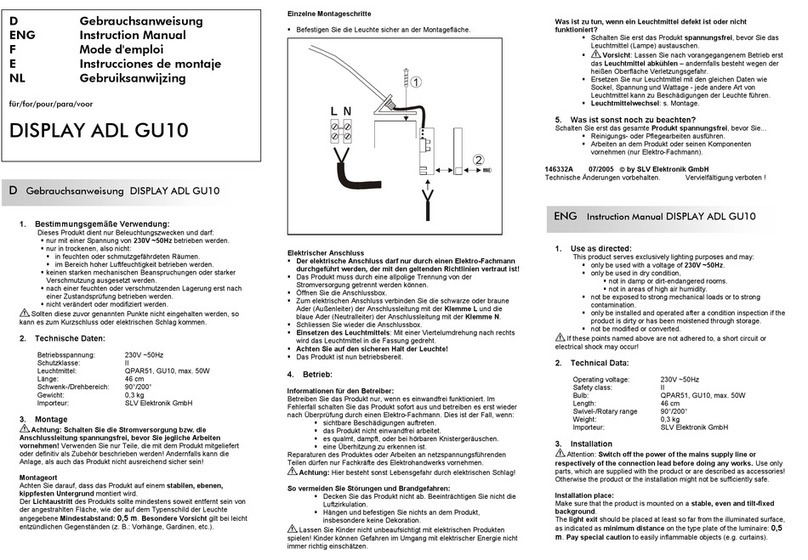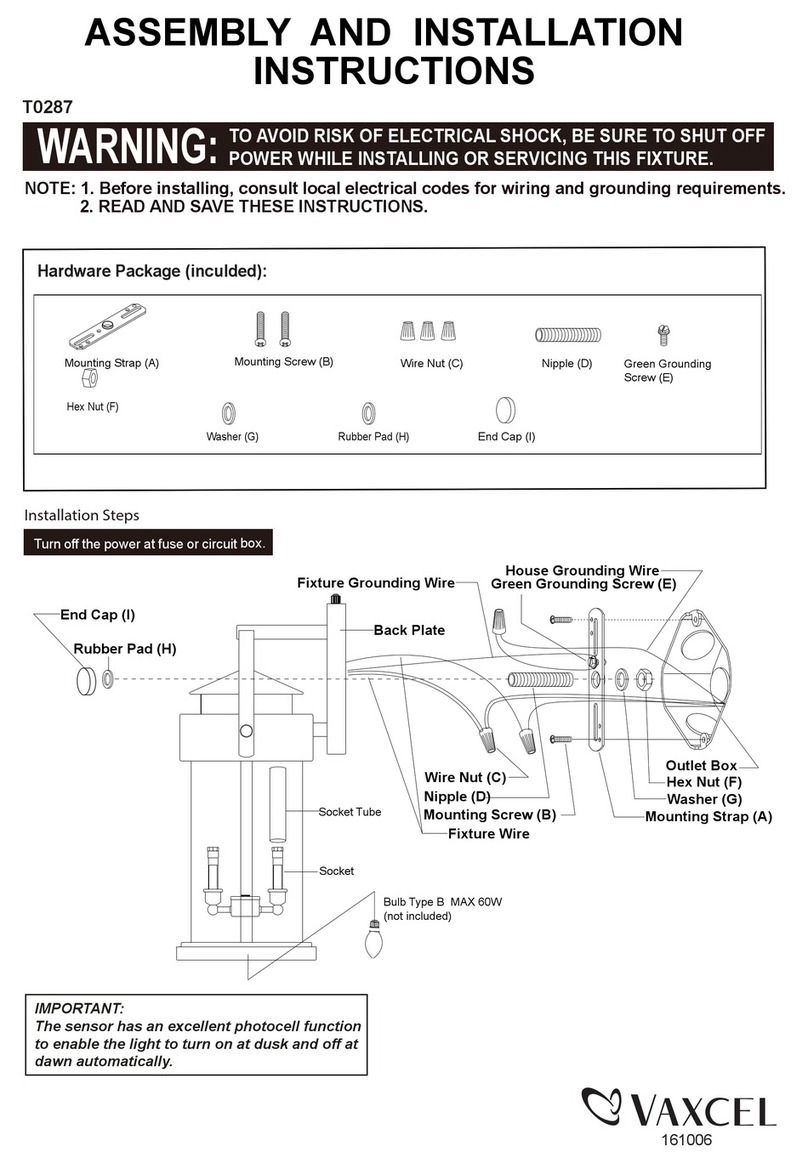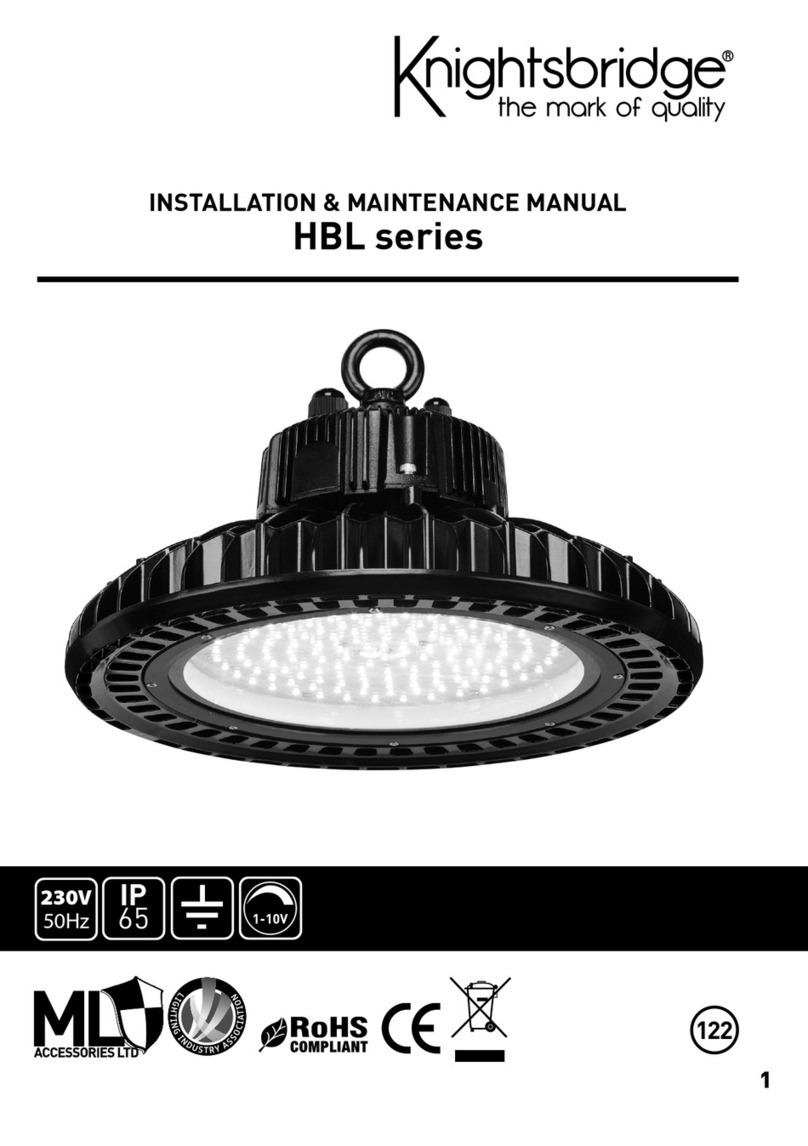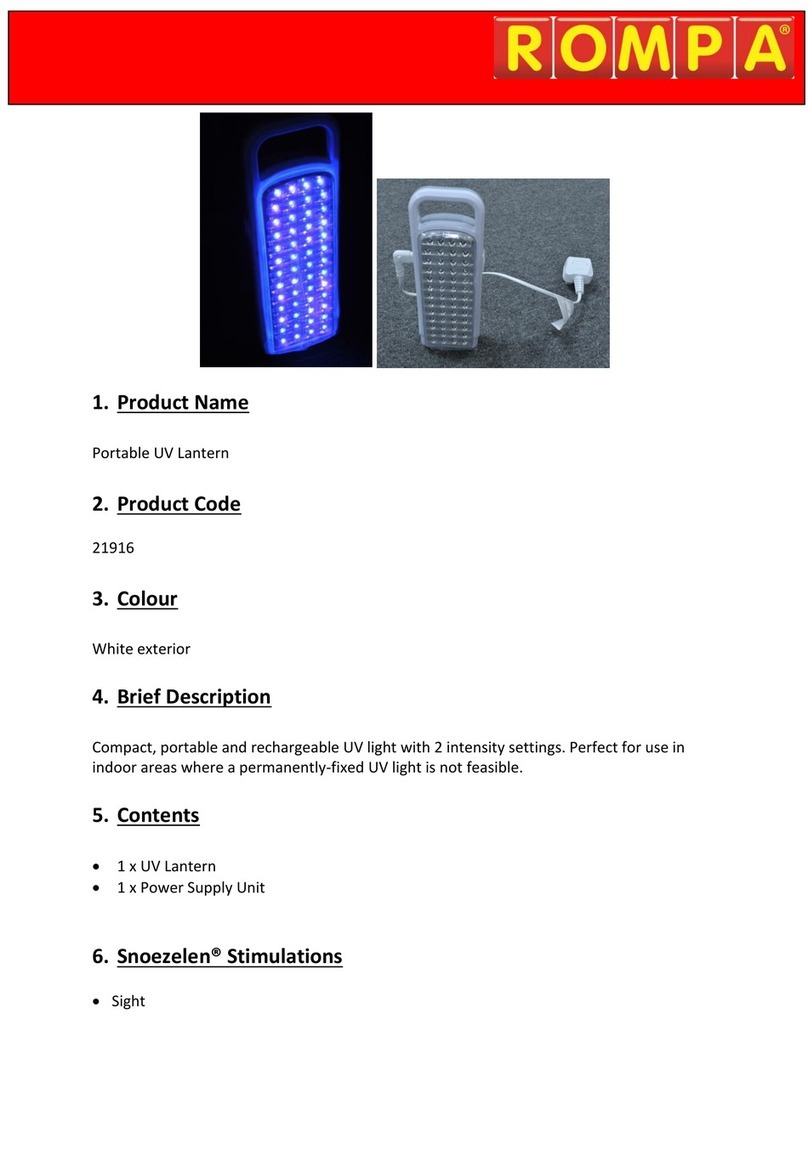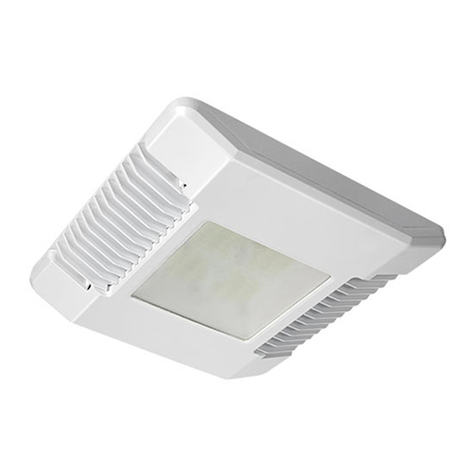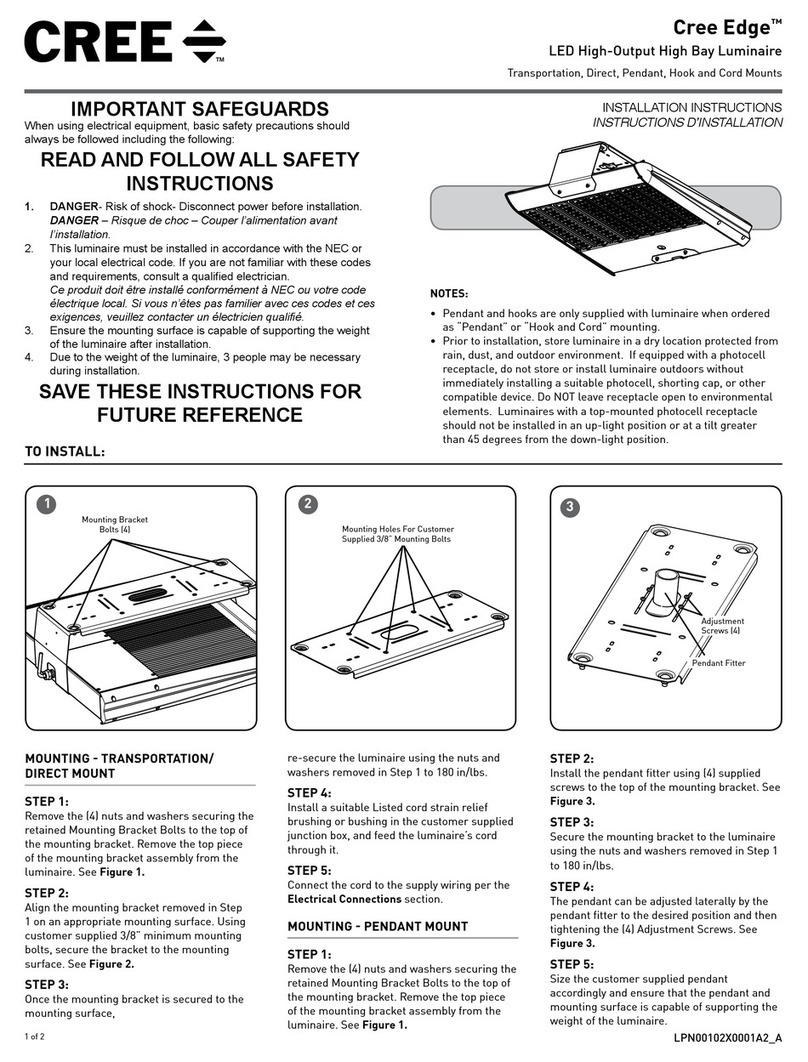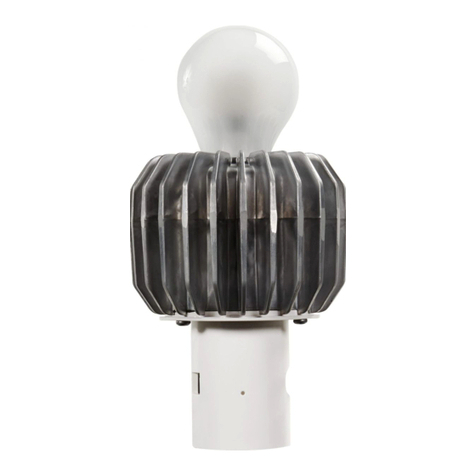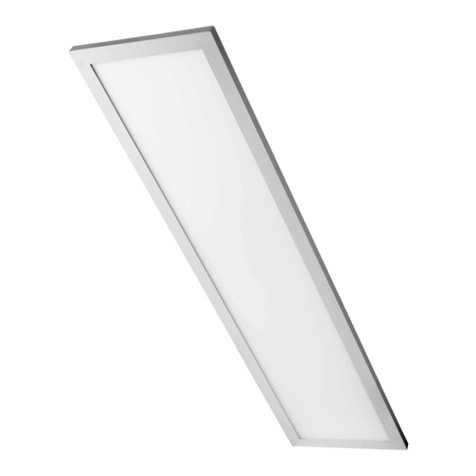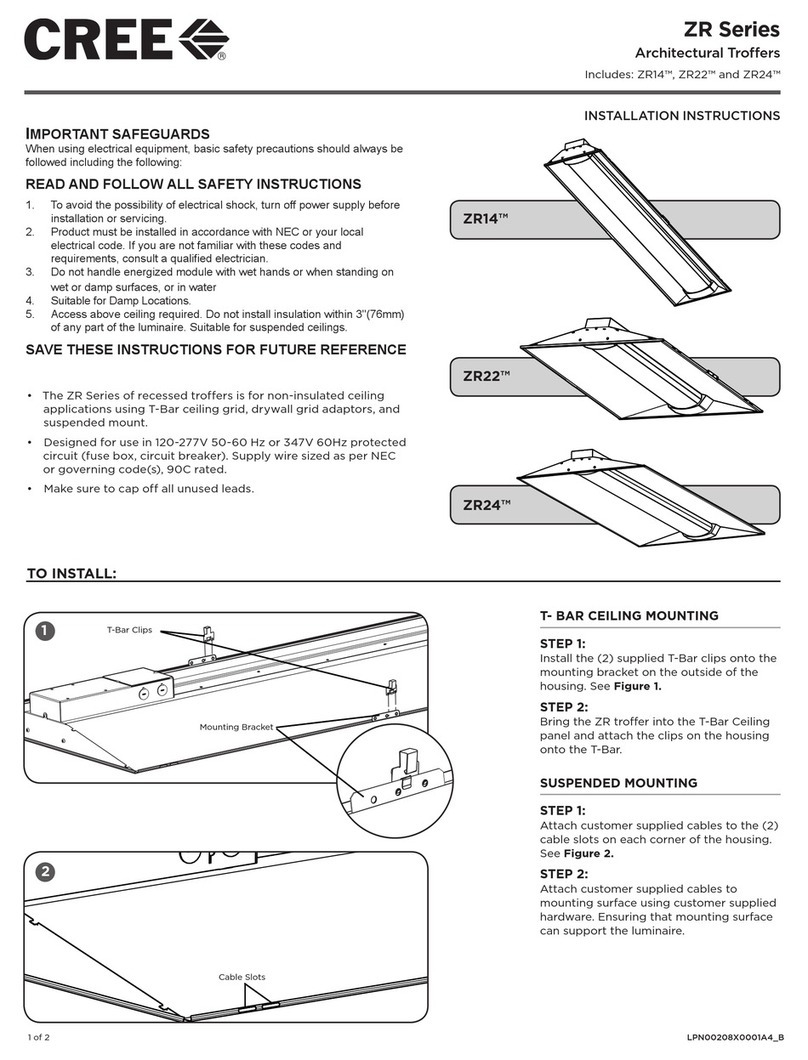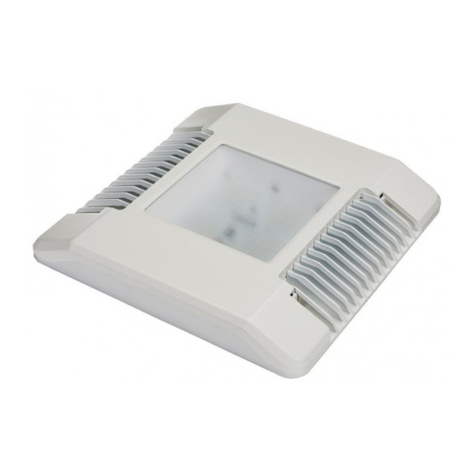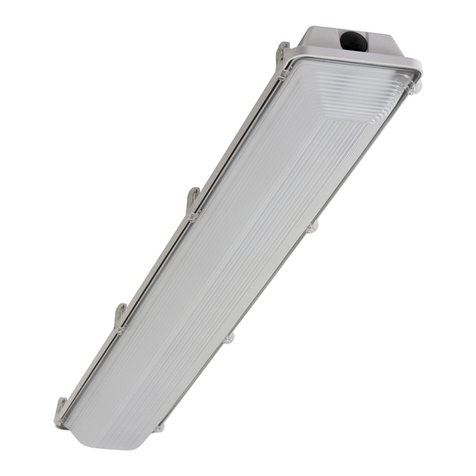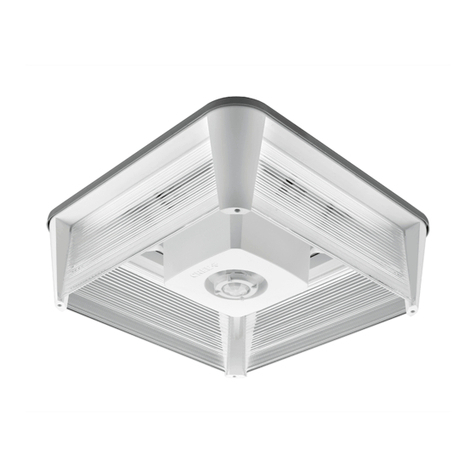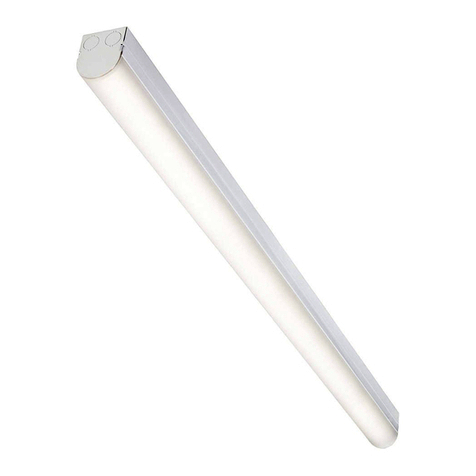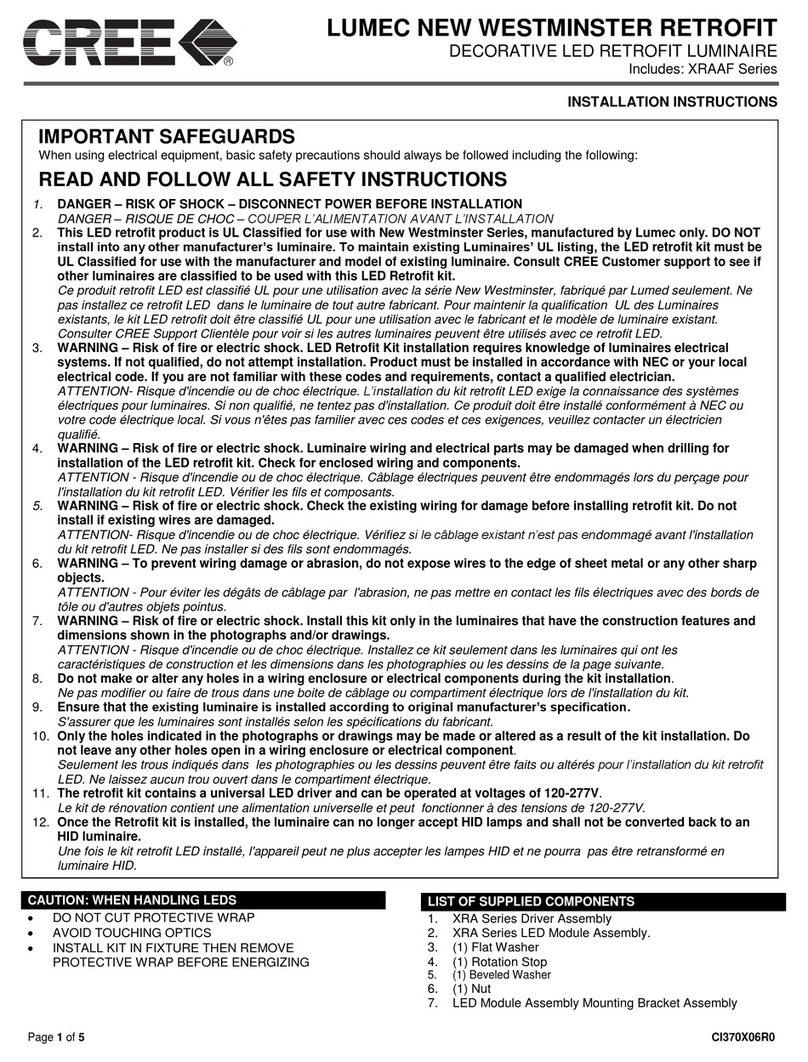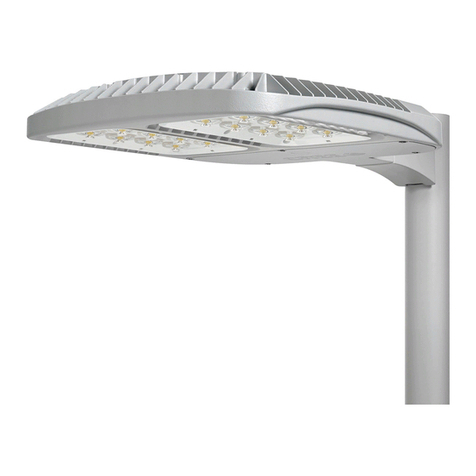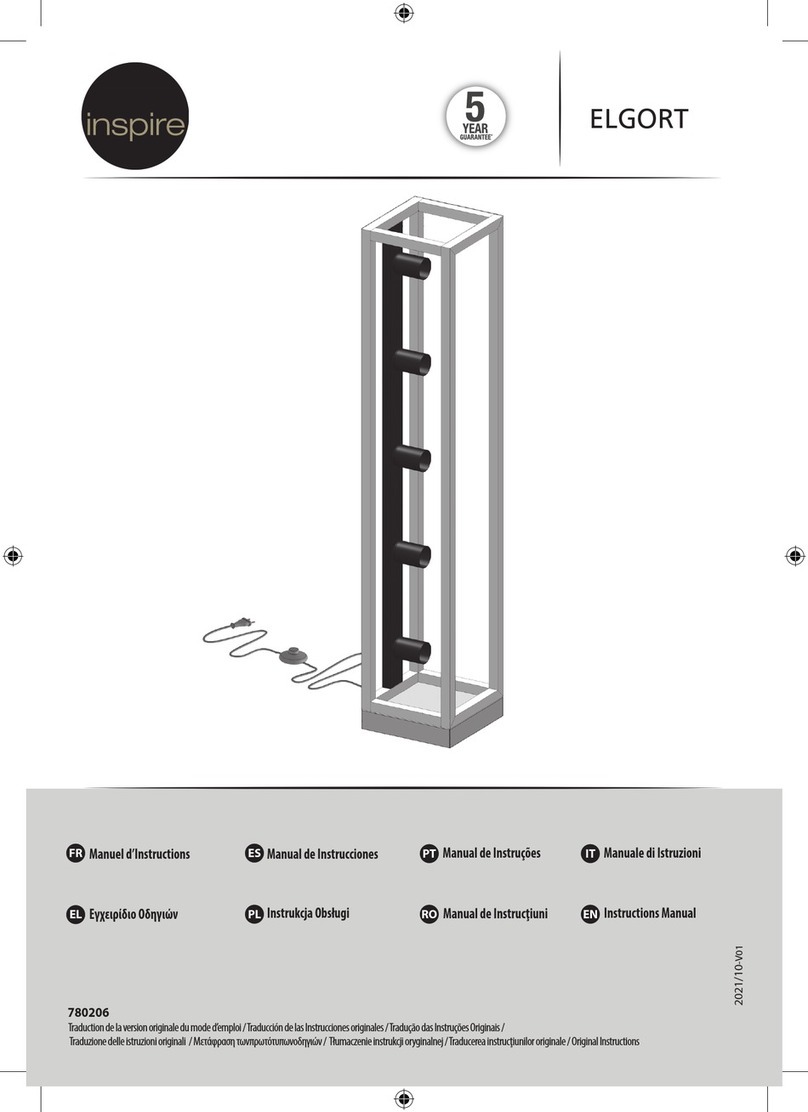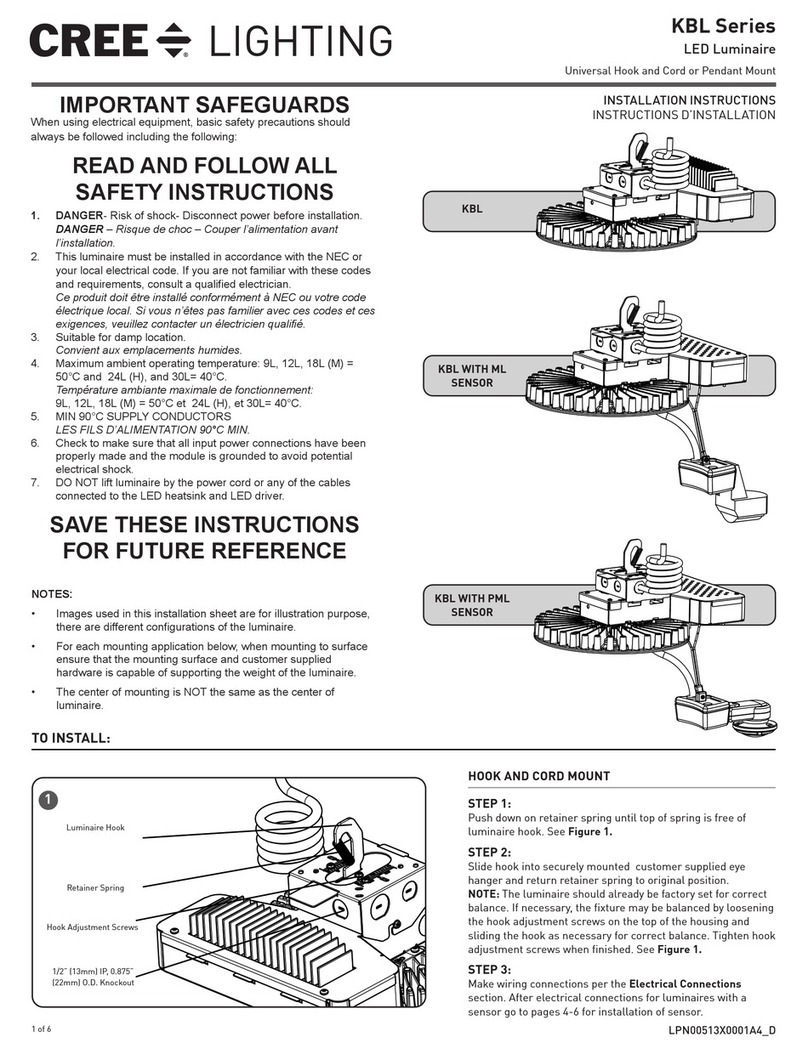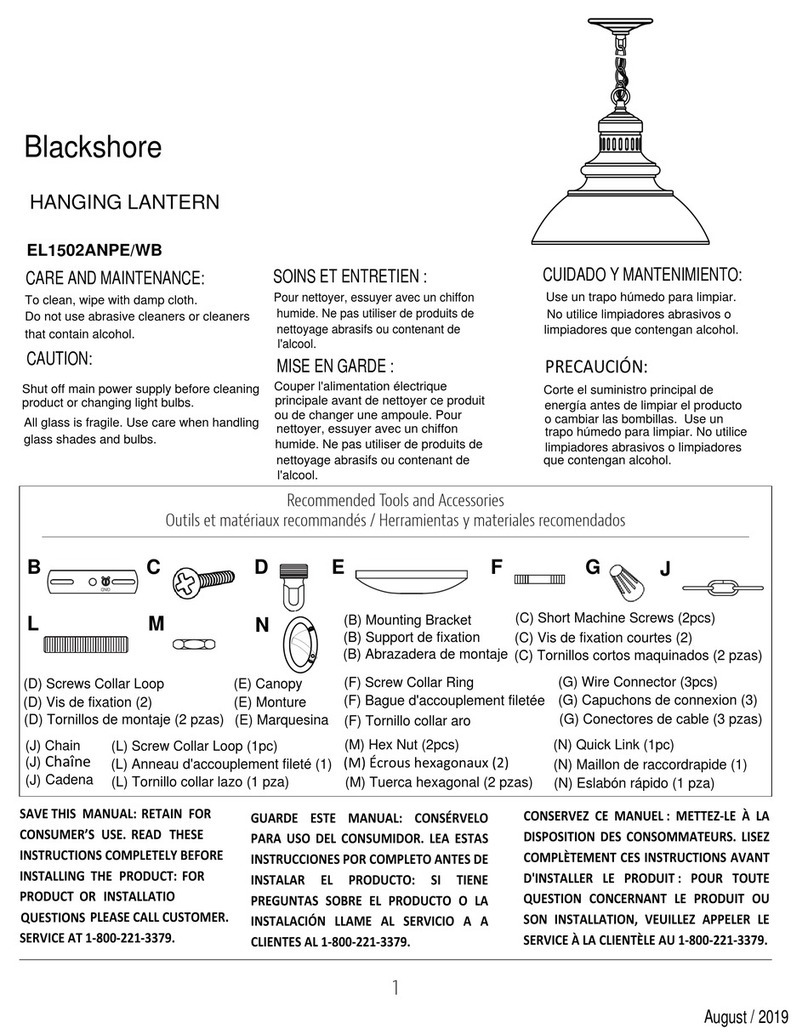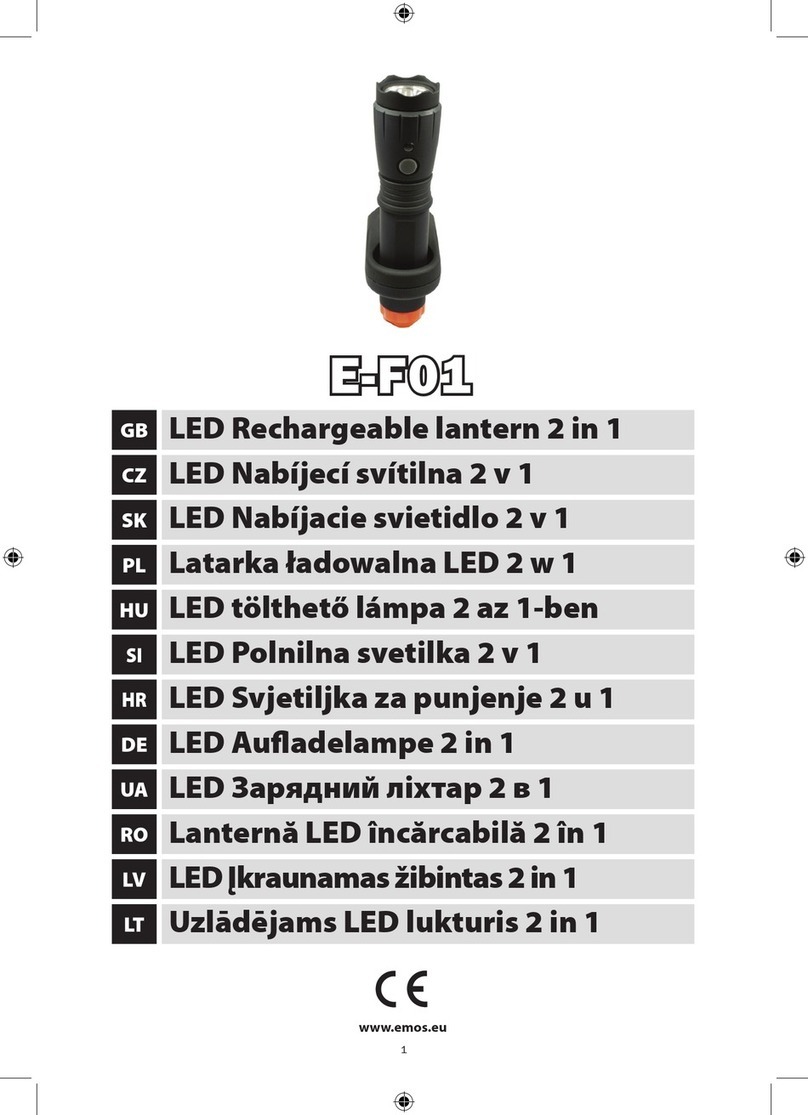
7 of 7 LPN00641X0001A0_B
www.creelighting.com
© 2019 Cree Lighting, A company of IDEAL INDUSTRIES. All rights reserved. For informational purposes only. Content
is subject to change. See www.creelighting.com/warranty for warranty and specifications. Cree®and the Cree logo are
registered trademarks and the Cree SmartCast Technology logo is a trademark of Cree, Inc. SmartCast®, is a registered
trademark and OneButtonTM is a trademark of Cree Lighting, A company of IDEAL INDUSTRIES.
TROUBLESHOOTING
NO RESPONSE SCREEN APPEARS:
• Make sure that the sensor is not obstructed.
• Move closer to the sensor. A ladder or lift may be required.
• The angle may be too high, move closer so that you are directly
underneath the sensor.
• Make sure that multiple sensors are not in the range of the
transceiver. If this happens, then all of the luminaires will cycle.
• If still not successful, there may be too much IR interference from
other sources. Programming the unit at night may be the only way
to communicate with the sensor.
LIGHTS WILL NOT go to high mode:
• Make sure that the sensor is not obstructed. The sensor must
detect motion to switch to HIGH mode. The red LED indicator will
blink when motion is detected.
• Check the light level parameter, to find out the amount of light
that the sensor is detecting. Cover the sensor lens to simulate
darkness in the room. If the luminaire goes to high mode, then the
setpoint needs to be adjusted to a value greater than the detected
light level. See the new settings and current settings sections for
instructions.
• If the light level is higher than the setpoint value but less than
the photocell value, then the luminaire will remain in low mode.
Adjust the setpoint and photocell values as needed.
• Make sure that the high and low settings are correct by checking
the current settings.
Lights will not go into Low Mode:
The time delay can be set from a minimum of 30 seconds to a maximum
of 30 minutes. Ensure that the time delay is set to the desired value and
that there is no movement within the sensor’s view for that time period.
• To quickly test the unit operation, enable Test Mode and move out
of the sensor’s view. The luminaire should go to LOW mode after 5
seconds.
Lights will not turn OFF:
• Cut Off time may be set to “None.”
• Ensure that the Cut Off is set to the desired time and that there is
no movement within the sensor’s view for that time period when
the lights are in Low Mode.
• To quickly test the unit operation, enable test mode and move out
of the sensor’s view. The luminaire should switch to LOW mode
after 5 seconds and then turn OFF (if cut off is enabled) after 10
sec.
• If the luminaire does not turn off in daylight, check the ambient
light level. Adjust the photocell setting to a value lower than the
ambient light level. The setpoint may also need to be adjusted if
the difference is less than 10 fc.
• Make sure that the Sensitivity field is not set to On-Fix.
Lights will not turn ON:
• Check all wire connections and verify that the load and the ground
wires are tightly secured.
• Check the current settings. If the setpoint value is lower than the
ambient light level, the luminaire will be held OFF. Increase the
setpoint value.
• Disable the cut off function, if not desired.
• Make sure that the Sensitivity field is not set to Off-Fix.
OPERATION DURING POWER-UP
During the sensor warm-up period, which can last up to a minute after
initial power-up (or after a lengthy power outage), the load will remain
ON until the selected time delay expires.
TECHNICAL SUPPORT
If unable to successfully resolve problems with the sensor, contact Cree
Lighting at 800.236.6800 for technical support.
FEDERAL COMMUNICATION COMMISSION INTERFERENCE
STATEMENT
CAUTION: Changes or modifications not expressly approved could void
your authority to use this equipment.
This device complies with Part 15 of the FCC Rules. Operation to
the following two conditions: (1) This device may not cause harmful
interference, and (2) this device must accept any interference received,
including interference that may cause undesired operation.
This device has been tested and found to comply with the limits for
a Class A digital device, pursuant to Part 15 of the FCC Rules. These
limits are designed to provide reasonable protection against harmful
interference when the device is operated in a commercial environment.
This device generates, uses, and can radiate radio frequency energy
and, if not installed and used in accordance with the instruction manual,
may cause harmful interference to radio communications. Operation of
this device in a residential area is likely to cause harmful interference
in which case the user will be required to correct the interference at his
own expense.
INDUSTRY CANADA STATEMENT
This device complies with Industry Canada licence-exempt RSS
standard(s). Operation is subject to the following two conditions: (1) this
device may not cause interference, and (2) this device must accept any
interference, including interference that may cause undesired operation
of the device. In addition, this device complies with ICES-003 of the
Industry Canada (IC) Regulations.
Le présent appareil est conforme aux CNR d’Industrie Canada
applicables aux appareils radio exempts de licence. L’exploitation est
autorisée aux deux conditions suivantes : (1) l’appareil ne doit pas
produire de brouillage, et (2) l’utilisateur de l’appareil doit accepter tout
brouillage radioélectrique subi, même si le brouillage est susceptible
d’en compromettre le fonctionnement.
Radiation Exposure Statement:
• This equipment complies with FCC radiation exposure limits set
forth for an uncontrolled environment. This equipment should be
installed and operated with minimum distance 20 cm between the
radiator and your body.
• This transmitter must not be co-located or operating in
conjunction with any other antenna or transmitter.
• The antennas used for this transmitter must be installed to provide
a separation distance of at least 20 cm from all persons and
must not be co-located or operating in conjunction with any other
antenna or transmitter.







